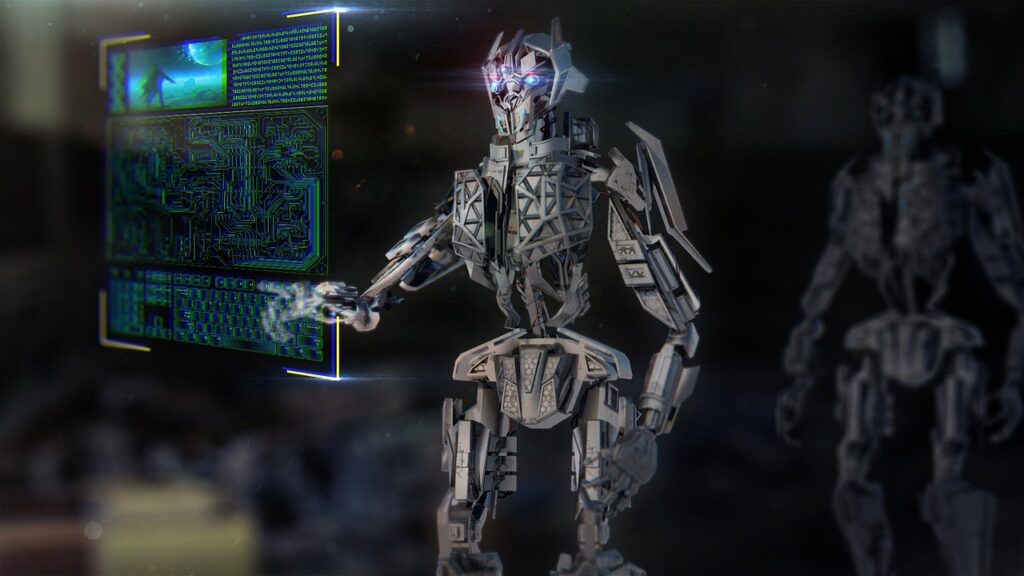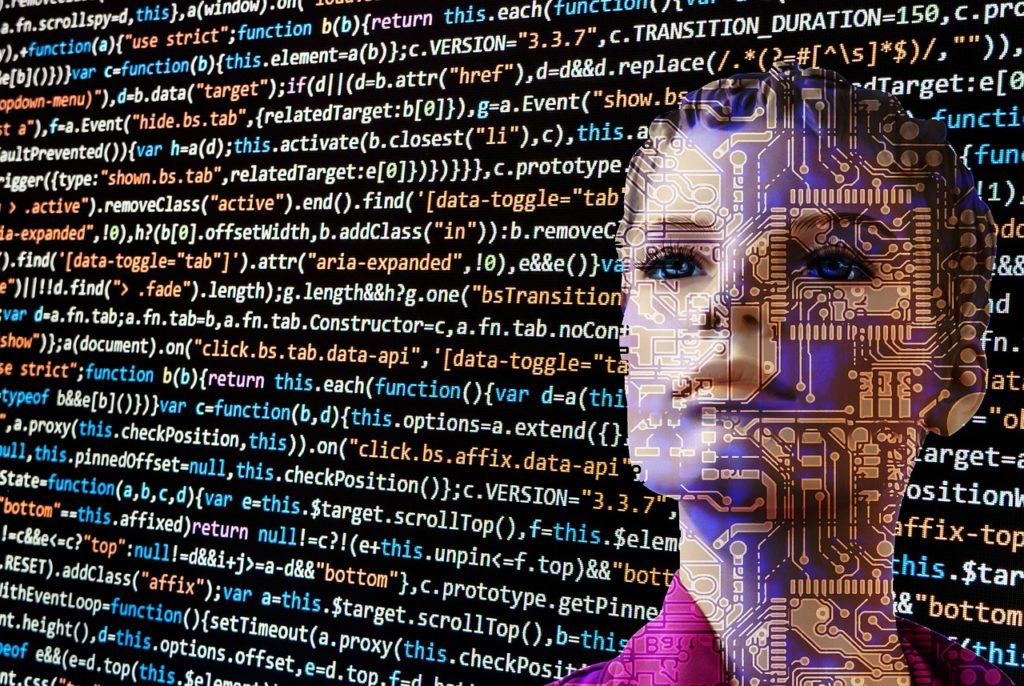I recently became aware of an effort by the KnowledgeWorks Foundation to map what it considers to be forces that will impact education in the future. Whether you are interested in online learning technologies, education in general, politics, economics, business strategy, or just about anything else, there is plenty of food for thought in the Map of Future Forces Affecting Education that the Foundation has constructed.
The “map” is basically a matrix that lays out sixteen trends along with various “hotspots” and “dilemmas” the Foundation has identified across related “drivers” and “impact areas.” Drivers include things like smart networking and grassroots economies
while impact areas encompass specific individuals, groups, tools, and practices. Hotspots include:
- An Expanding Learning Economy
- Deep Personalization
- VUCA (Volatility, Uncertainty, Complexity, Ambiguity) Communities
- Media-Rich Pervasive Learning
- An Explosion of Learning Agents
Dilemmas, which are defined as” issues that can’t be solved with either/or thinking but require new strategies that go beyond simple
problem solving” emerge from the relationships between trends, hotspots, drivers, and impact areas. As the ultimate resolution of
these dilemmas arguably will have the most impact on the future of education, it is worth noting each here with the accompanying detail text from the map.
Reconciling Extreme Diversity and Deep Localism
An emerging dilemma over the next decade will be reconciling the demands of extreme diversity and the needs for building coherent, integrated local communities.Achieving Standards and Personalization
An emerging dilemma for education is how to achieve personalization while maintaining standards.Leveraging Institutional Predictability and Network Adaptability
An expanding learning economy raises a dilemma between leveraging the predictability of traditional institutions and the adaptability of new network structures.Supporting Teachers’ Rights & Changing Teachers’ Roles
A core dilemma will be to support teachers’ rights and their changing roles and responsibilities.Integrating Digital Natives and Digital Immigrants
An emerging dilemma related to media-rich pervasive learning is integrating digital natives with immigrants—adults, teachers, and those youth without access to digital media.
If you do not feel comfortable with all of the terminology above, you may find the map to a bit tough to digest. One of the weaknesses of the site is that it does not provide a centralized glossary of terms—at least not that I have been able to find so far. The map itself is also a bit unwieldy to navigate, but the Foundation has done an admirable job in confronting this challenge, from providing a very useful “Compass View” under the Map Menu (note if you expand the Resources tab as well you will see the resources list change with each new map area that is selected), to making it possible to print a PDF of the map, to requesting that a print version of the map be mailed to you (which addresses at least some of the accessibility issues that the map presents). For each map area it is possible to print a PDF that summarizes the area and provides a variety of resources (see Create a PDF of the Topic under Next Steps).
Finally, it is possible to participate in discussions around all of the map areas, add resources, and easily share parts of the map with friends and colleagues. In general, the map itself is a very interesting learning tool; one that will no doubt be challenging for some learning styles but that nonetheless, presents a wealth of information to explore and process.
JTC
P.S. For additional thoughts on the future of learning, I encourage you to check out An Interview with Futurist David Houle at Evolution Shift.




